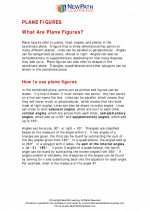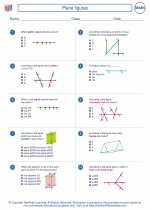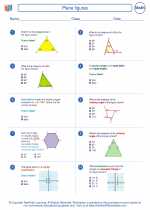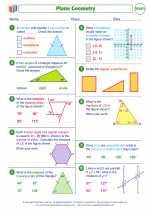Fraction Study Guide
What is a Fraction?
A fraction represents a part of a whole. It consists of a numerator (the top number) and a denominator (the bottom number). The numerator represents the number of parts we have, and the denominator represents the total number of parts in the whole.
Types of Fractions
There are different types of fractions:
- Proper Fraction: A fraction where the numerator is less than the denominator (e.g., 1/2).
- Improper Fraction: A fraction where the numerator is greater than or equal to the denominator (e.g., 5/3).
- Mixed Number: A whole number combined with a fraction (e.g., 2 1/4).
Equivalent Fractions
Equivalent fractions are different fractions that represent the same part of a whole. They have the same value but may look different. To find equivalent fractions, you can multiply or divide the numerator and denominator by the same number.
Operations with Fractions
There are four basic operations with fractions:
- Addition: To add fractions, find a common denominator, add the numerators, and keep the denominator the same.
- Subtraction: To subtract fractions, find a common denominator, subtract the numerators, and keep the denominator the same.
- Multiplication: To multiply fractions, simply multiply the numerators together and the denominators together.
- Division: To divide fractions, multiply the first fraction by the reciprocal of the second fraction.
Practice Problems
Now that you've learned about fractions, let's practice with some problems:
Problem 1:
Convert the following improper fraction to a mixed number: 7/3.
Answer: 7/3 = 2 1/3
Problem 2:
Add the following fractions: 1/4 + 1/3.
Answer: 1/4 + 1/3 = 7/12
Problem 3:
Multiply the following fractions: 2/5 * 3/4.
Answer: 2/5 * 3/4 = 6/20 = 3/10
Problem 4:
Divide the following fractions: 2/3 ÷ 4/5.
Answer: 2/3 ÷ 4/5 = 5/6
Summary
Remember, fractions are a fundamental concept in mathematics, and understanding them is crucial for many math topics. Practice different types of fractions and operations to strengthen your skills!
.◂Math Worksheets and Study Guides Eighth Grade. Plane figures

 Worksheet/Answer key
Worksheet/Answer key
 Worksheet/Answer key
Worksheet/Answer key
 Worksheet/Answer key
Worksheet/Answer key
 Worksheet/Answer key
Worksheet/Answer key
